Sana Sana

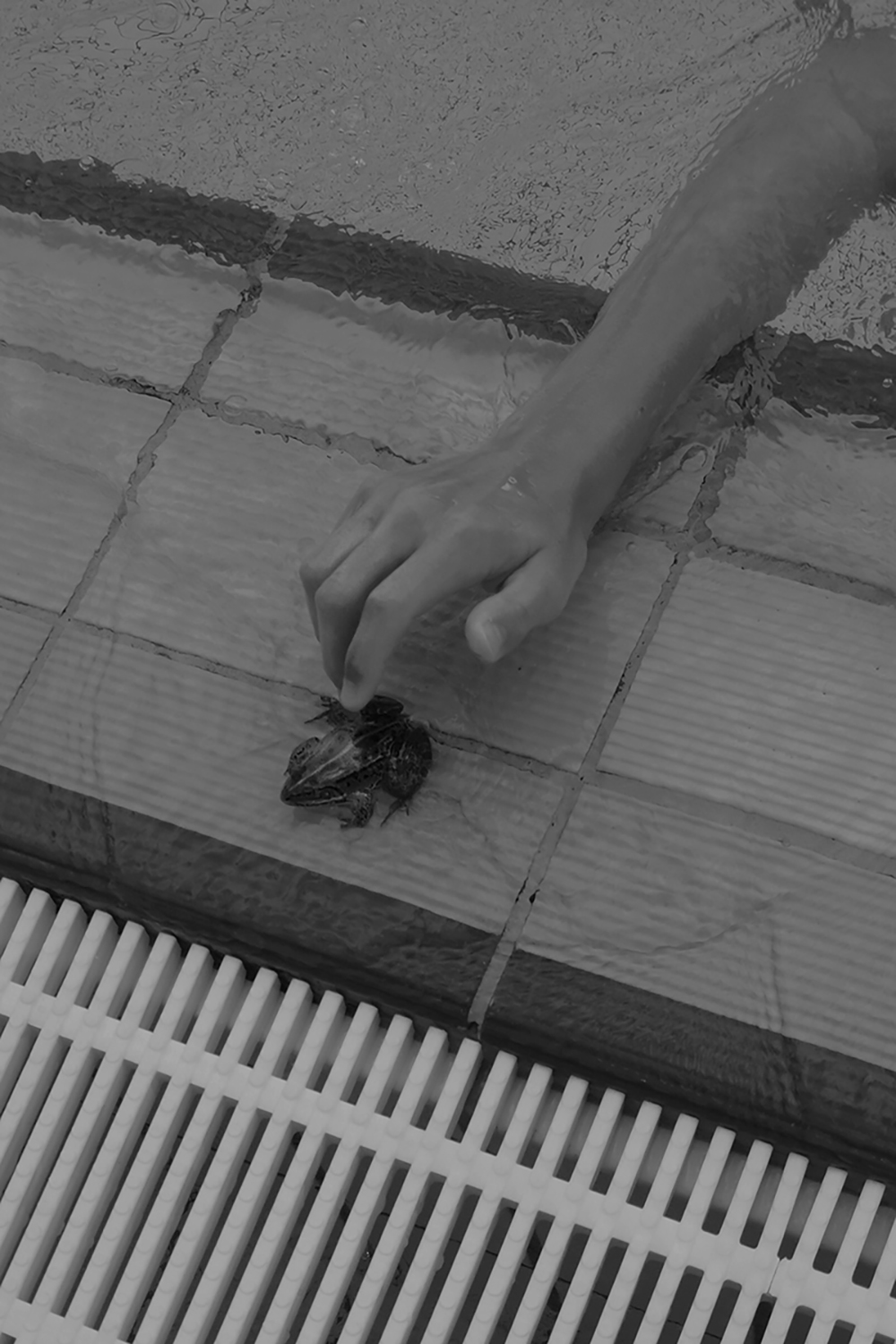
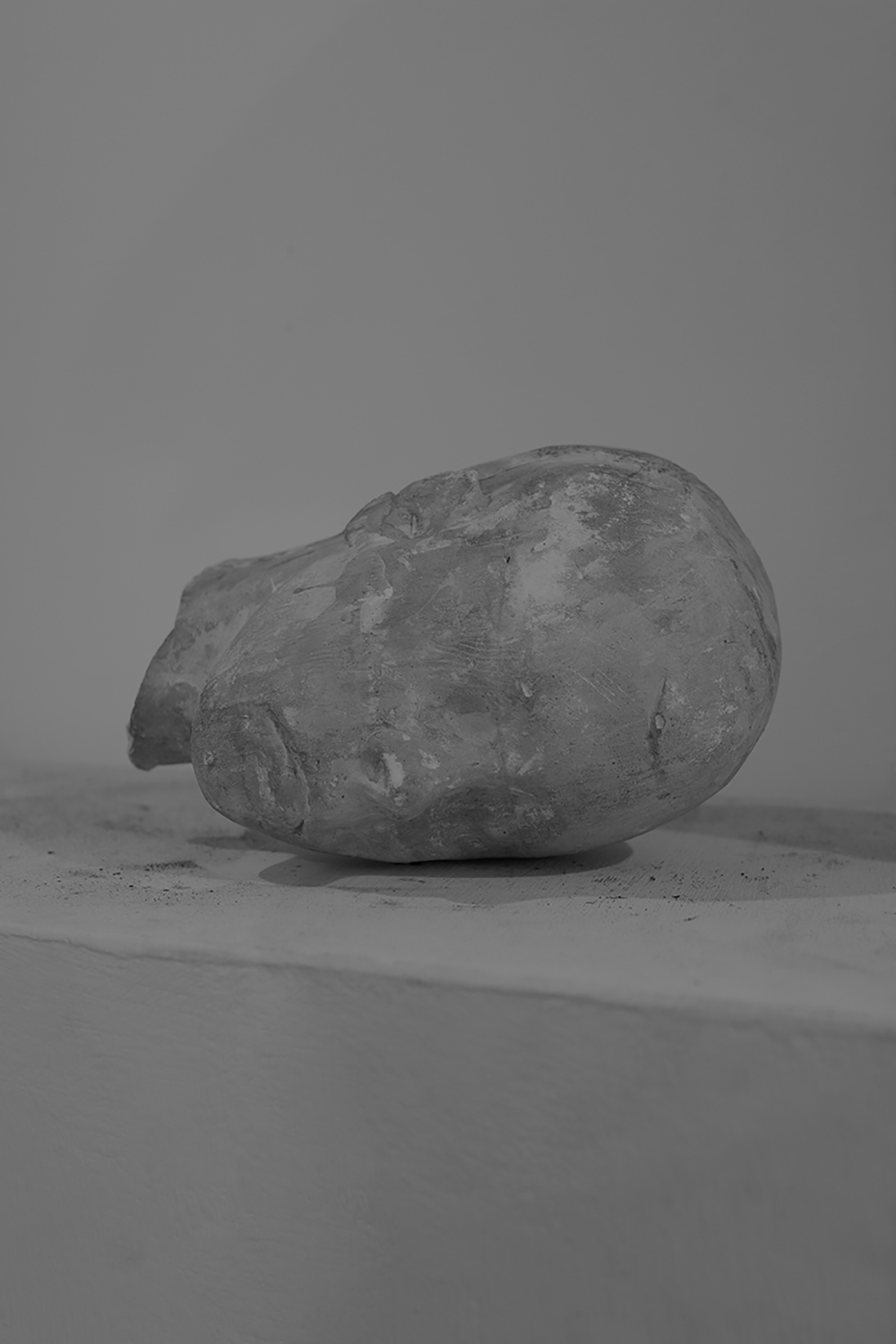
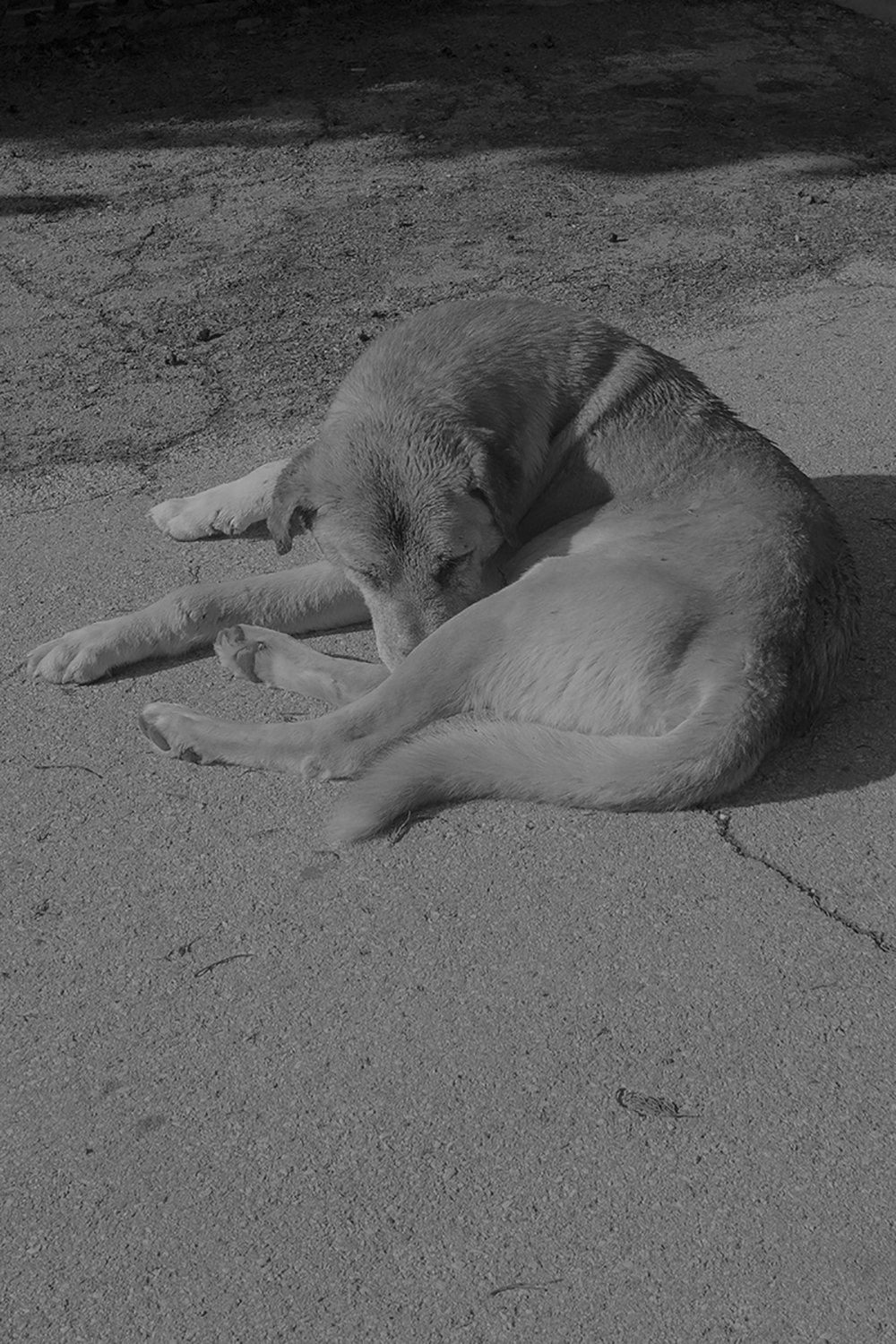
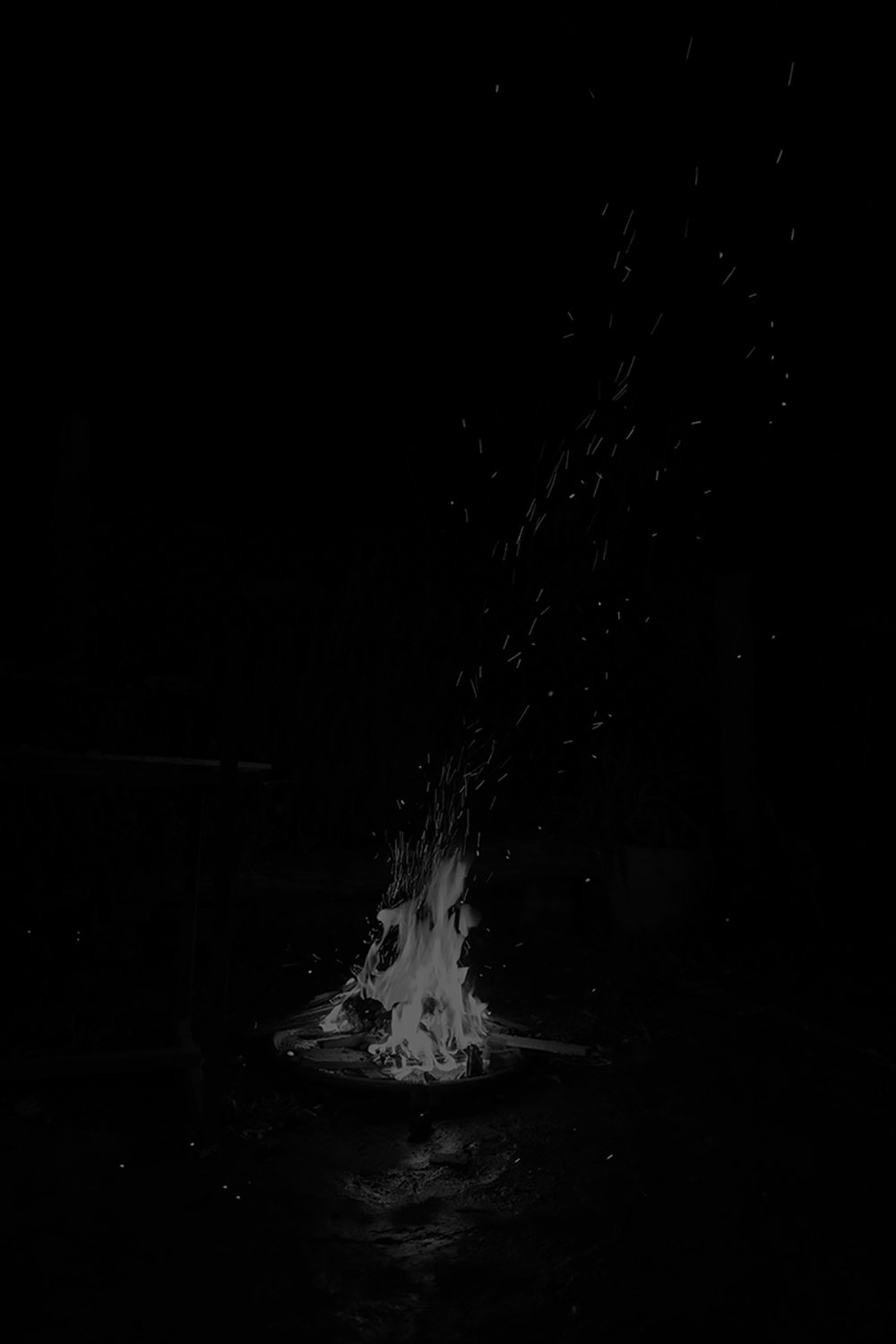
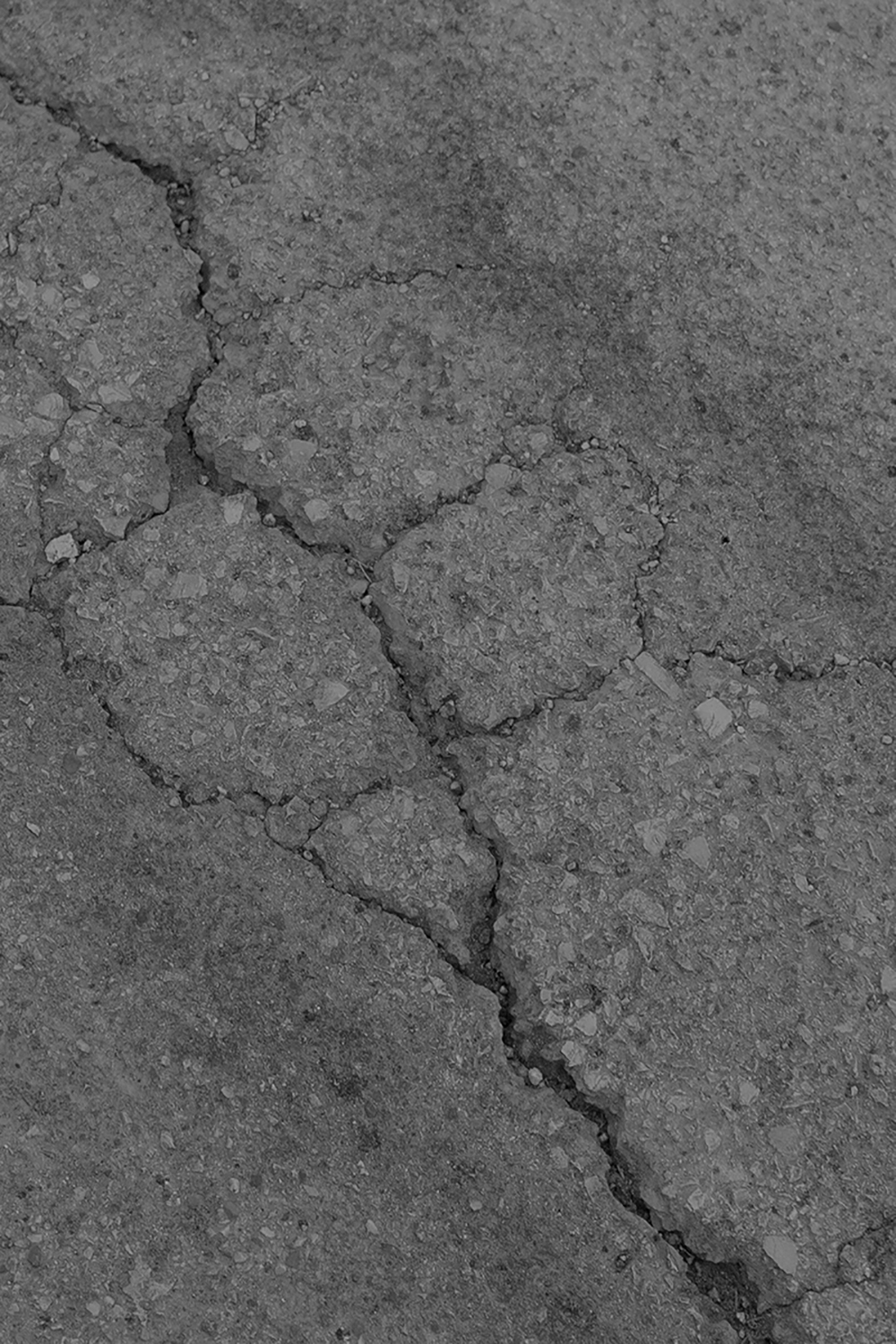

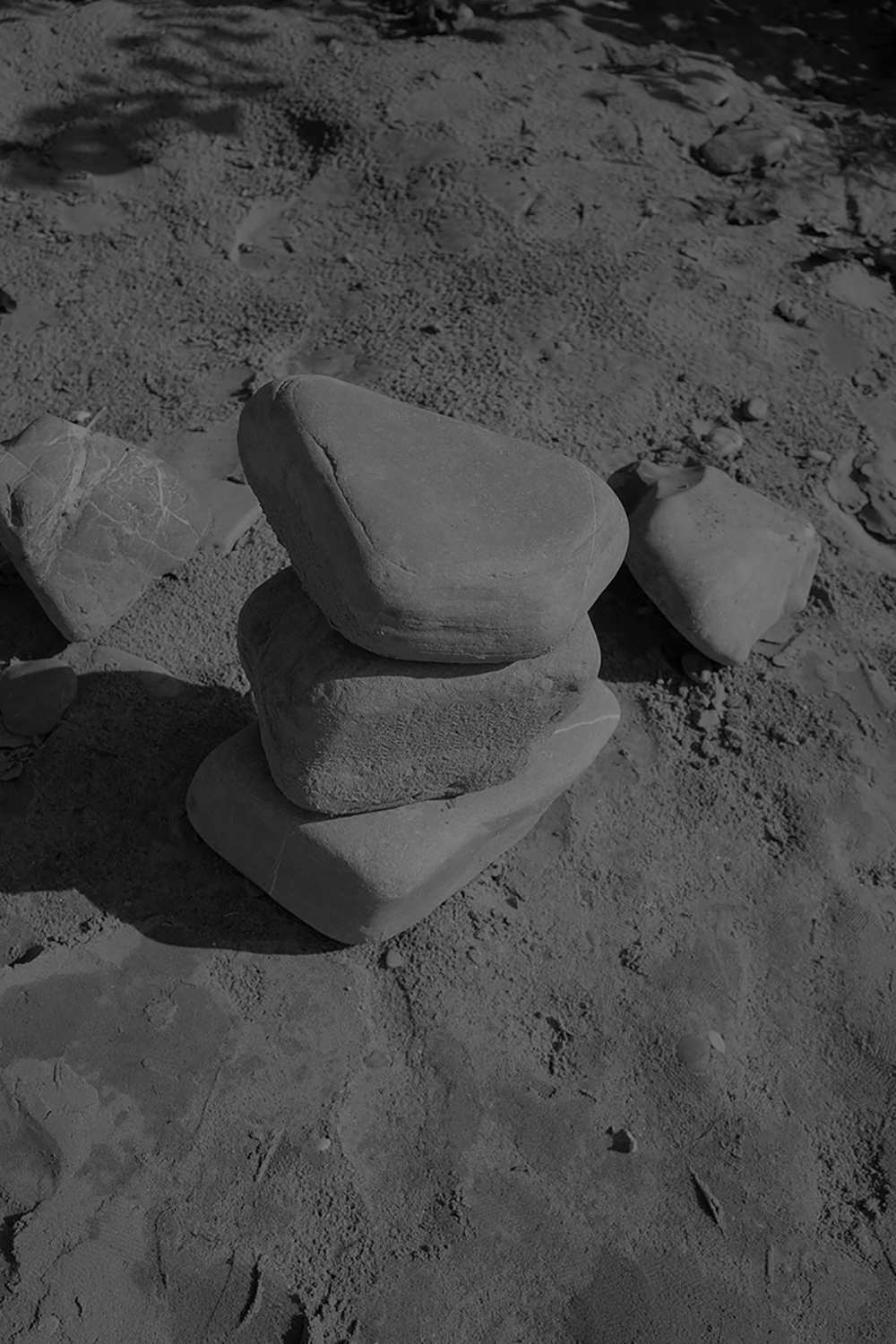
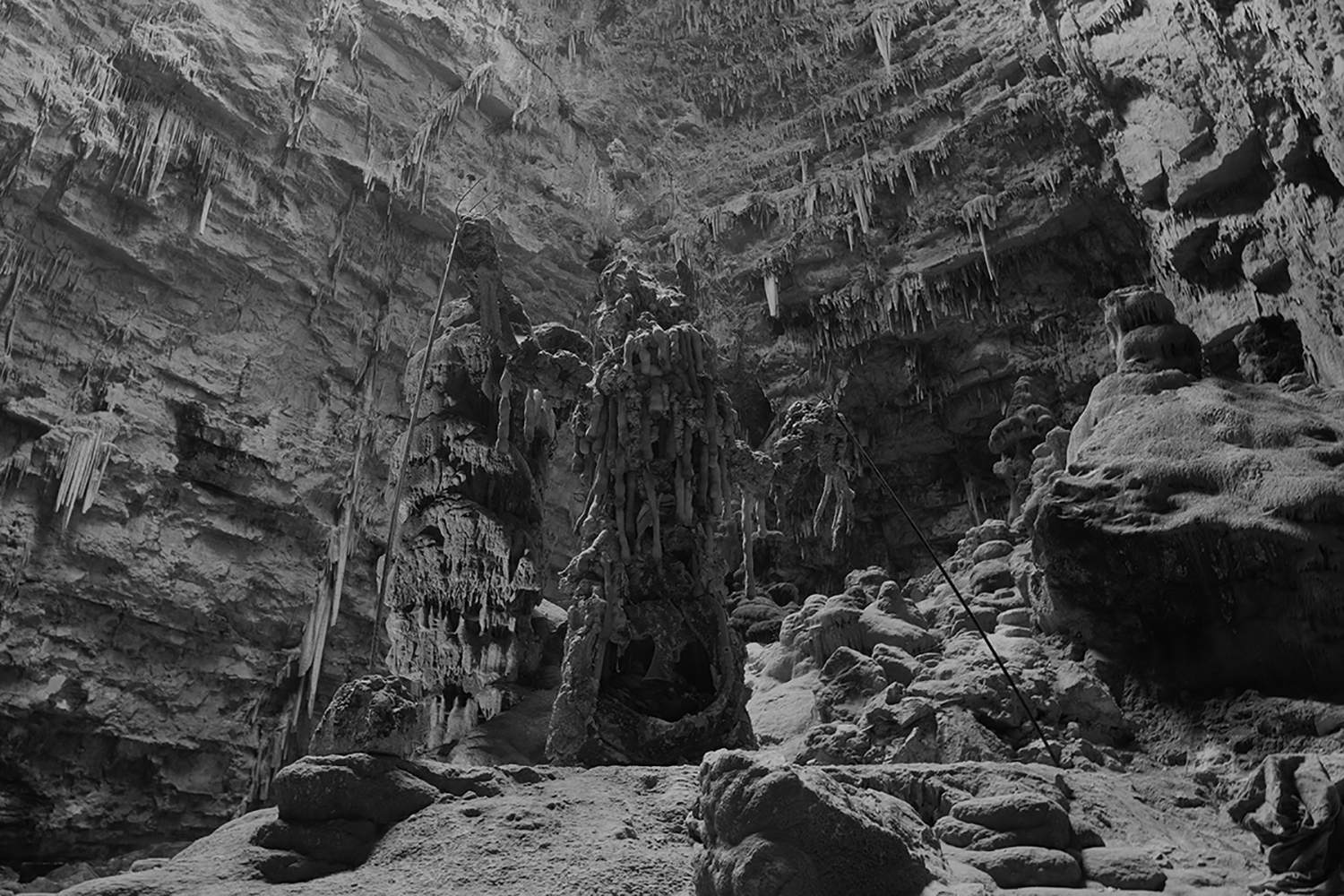
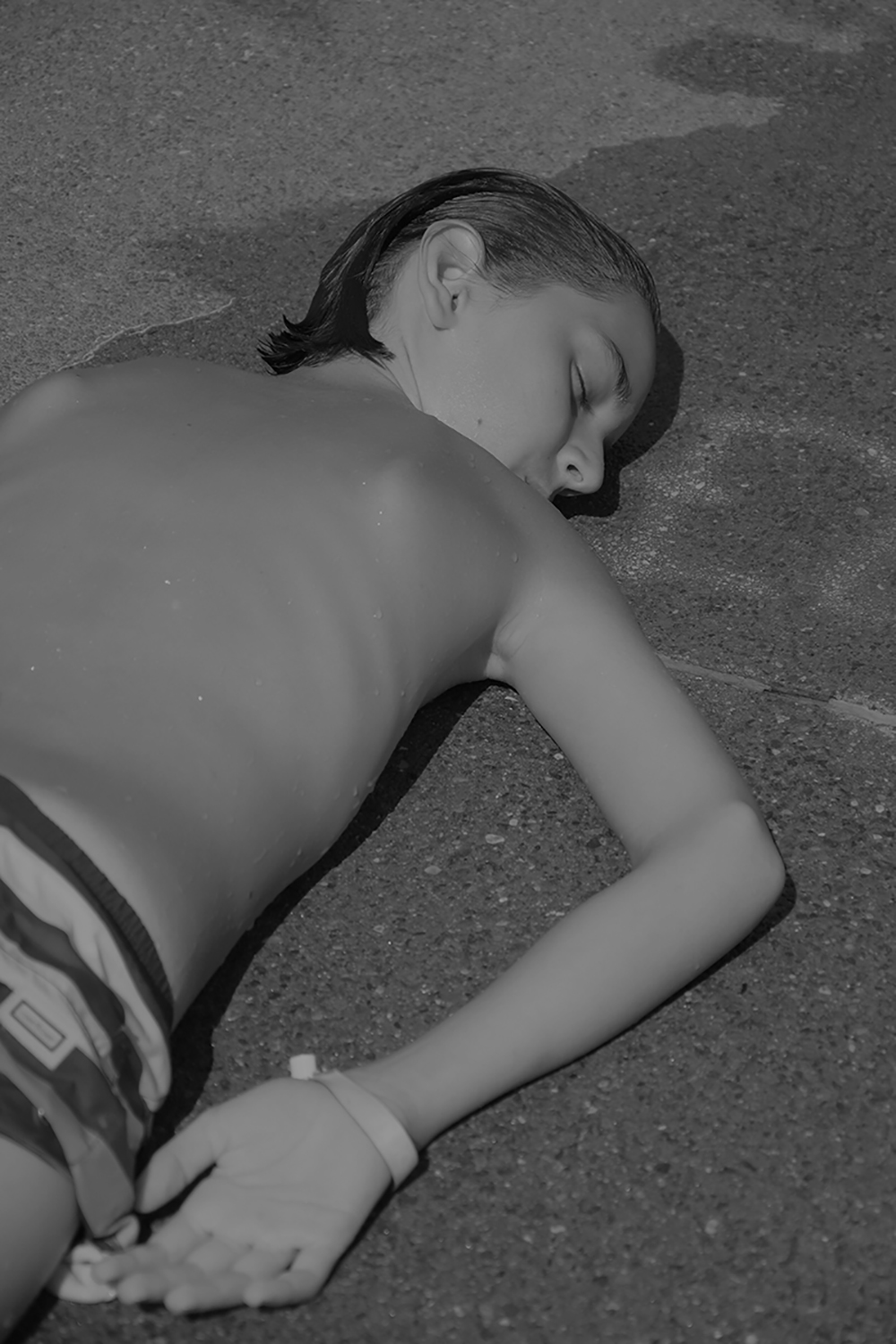
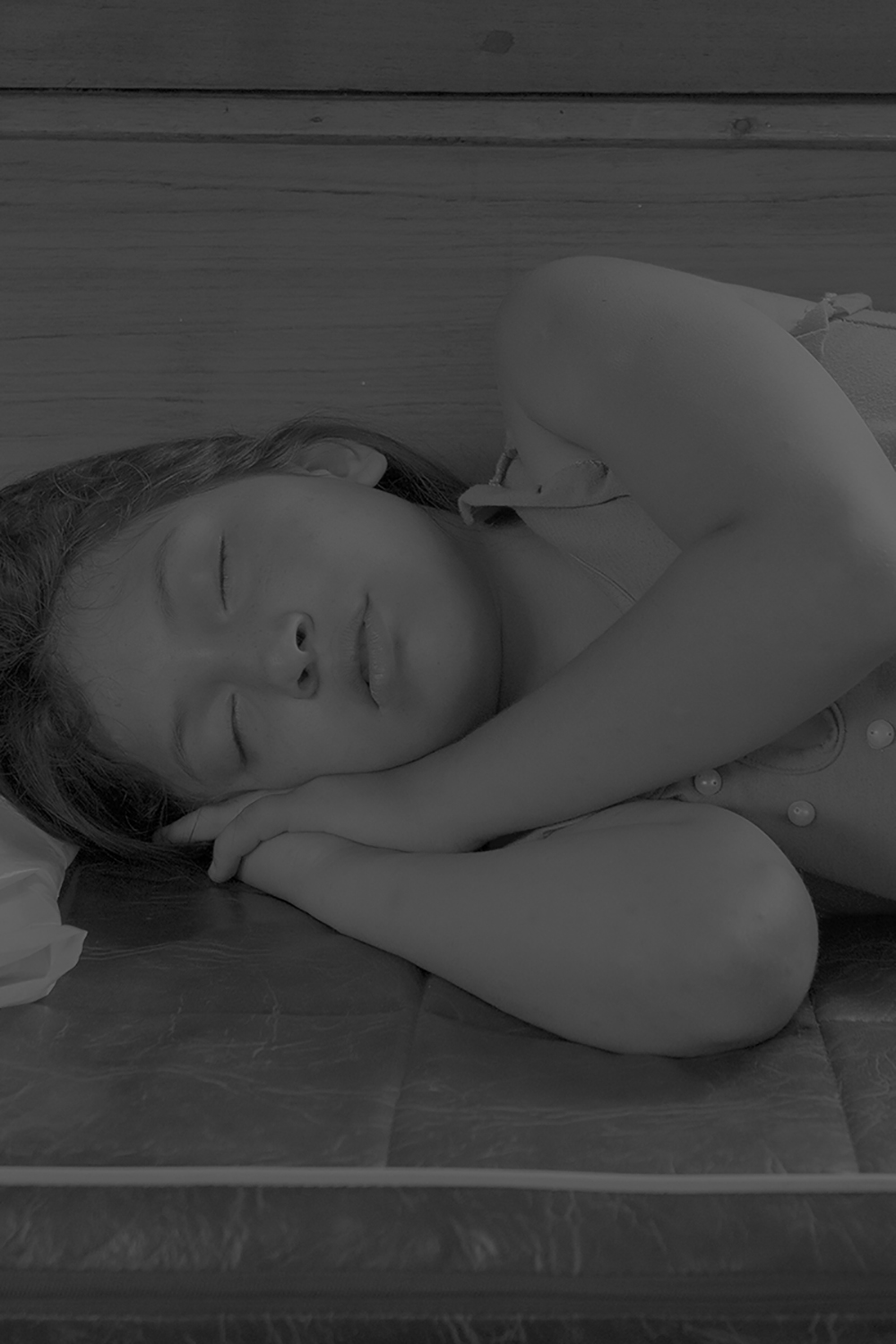
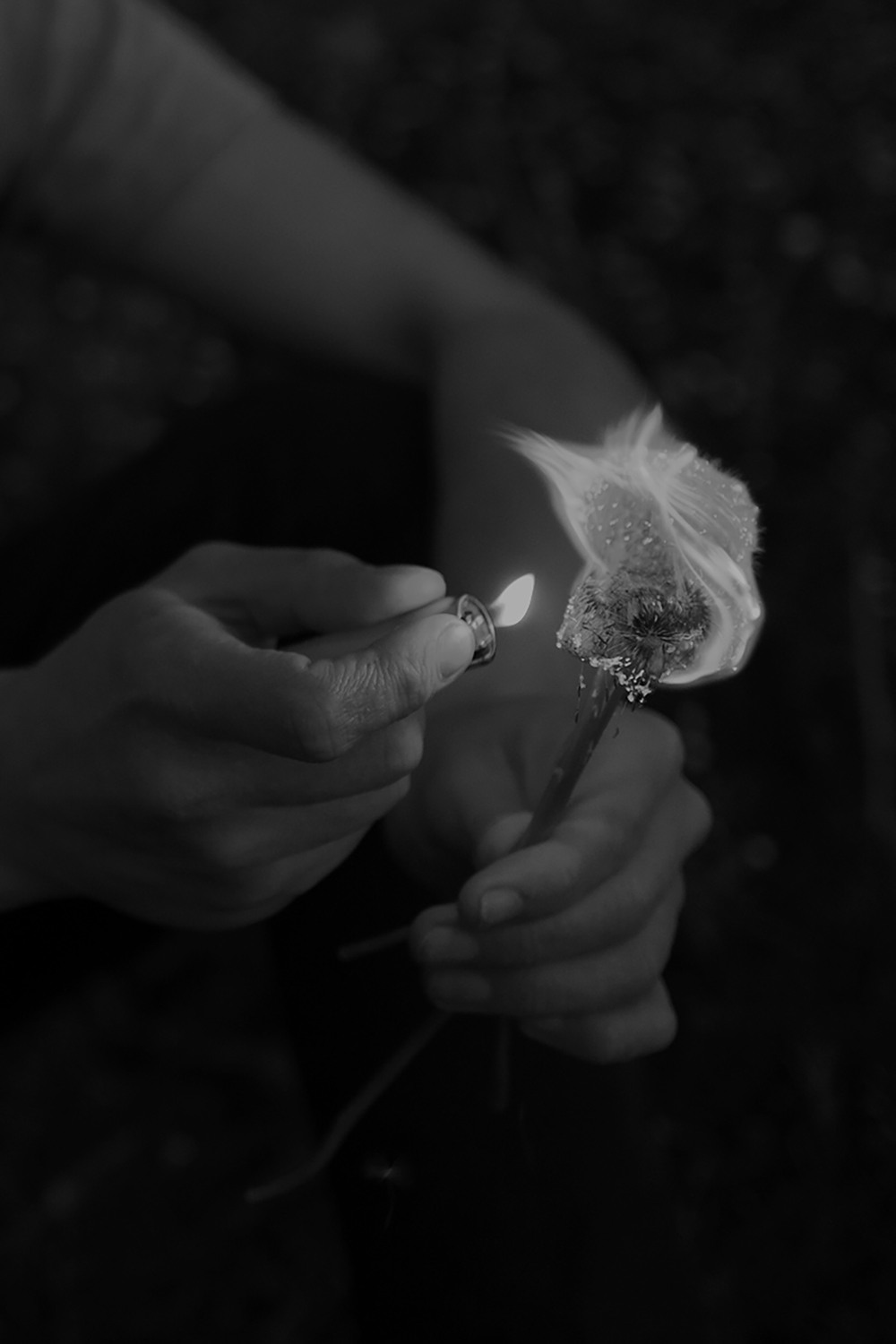
ana Sana is a journey in search of inner healing.
Sana Sana (Heal Heal), Colita de rana (Frog tail). Si no sanas hoy (If you don’t heal today)
/ Sanarás mañana (You will heal tomorrow). These verses are taken from a popular South
American chant sung by mothers to comfort their children when they get hurt.
I learned this nursery rhyme from my boyfriend. He repeated it to me since the first times we dated. It started as a cute joke between us but those words soon acquired a power for which I, in turn, repeat them to myself when I feel in a state of strong stress, of emotional pain, for which I need something to calm me down and go further.
It worked like a mantra since the beginning. One night I kept repeating it in my mind and I felt as if all the pieces of a puzzle started combining. This is how the magic started.
Later, I selected some music tracks that might have helped me to get the right mood, listening to them in loop, as I always do with my works. I use different musical sources as inspiration, focusing not only on the melody but also on the lyrics, with a specific focus on certain phrases or words. The whole allows me to suppose a visual experience of what I want to communicate. In a particular way, a couple of albums by the Sicilian duo Fratelli Mancuso took me in a deep flow and I still listen to them when I want to get back to my feelings connected to Sana Sana. Their music is also accompanied to Daughter by Four Tet and a live track by the orchestra director Ezio Bosso together with the Filarmonica Teatro La Fenice, entitled Concerto No. 1 for Violin, Strings and Timpani “Esoconcerto”: I. Allegro Molto.
Even if I work with images, part of my research method is linked to music. However, I set myself the goal of transporting the observer into a silent and suspended world, in which the protagonists can seem incredibly light. This lightness is also given by the smooth black and white, without deep contrast. It reveals the state of coexistence with these types of emotions.
A key image for this concept is the one with the sculpture, an artwork by the Italian artist Paolo Migliazza that is part of his series entitled We are not superheroes, 2017/2020. The head is made of plaster and represents for me the heaviness of negative thoughts and memories.
But this state of mind started before knowing the chant, before knowing Hernán, my boyfriend. This made me decide to take my archive and to find the photos I shot in past and I felt part of it, with new editing. I needed to tell the “story” since the years back and it’s been useful to have a clear idea about the visual narration I had in mind to then create new images.
Also, there is no staged photography so all the work is based on visual research and on photos shot when I understood what was happening in front of me, when I felt that was what I needed. I felt the need to give a visual form to the anxieties and fears that I dragged along, but also to their resolution. Only by facing them and giving them a shape, albeit metaphorical, I can say
that I have freed myself from that specific weight. For this reason, the images take on different meanings, becoming symbolic translations of feelings, moments of comfort and quiet.
When we begin to recognize our emotions while we are in the throes of emotional suffering we are already on the way to recovery and it allows us to welcome our feelings with some degree of awareness. It allows to “put a stone on top”, as the widespread Italian popular expression “Metterci una pietra sopra” is used to say “forget about it” and/or to consider a fact, an episode closed forever, deliberately forgetting something.
However, several episodes have recently taken place that make me believe I’m experiencing the transition into a new phase, finishing a cycle and starting a new one.
Everything is impregnated with strong energy, and when they are saturated with it, a kind of
energy of anger, of fatigue, of pain, they break. Not only dreams and life events are signals that our interiority sends us. When something breaks I like thinking it can be interpreted as a projection of our energies and emotions towards the outside world. By learning to read life through signals and symbols, something that breaks is a lightening of our emotional baggage, an invitation to renew ourselves.
Here is the reason why I always want to emphasize that Sana Sana is still an ongoing project, as I feel that there is still a part to tell. Being a very intimate work, the narration goes hand in hand with what are the feelings I experience, and consequently until I feel I can put an end to everything I cannot say that it is a finished work. So at the moment I’m working on this new, and still unpublished, part of the narration, trying to work even more on my ups and downs.
Anyway, I believe this work is connecting people somehow. In the last period, I’m receiving good feedbacks and proposals (I didn’t expect this resonance) so I guess there is a common mood for which many of us have this desire/need to face our bad thoughts or to receive a hug that would comfort us in difficult times.
Sana Sana is nothing more than a visual translation of my/our energies and emotions which, from the inside, are projected to the outside world.
It becomes a shamanic rite towards inner healing and personal growth, which may not have a real end as growth could continue with the passage of time and new experiences.
Sanarás mañana, I repeat to myself, and there will be no more reason to live this “sad melody”.